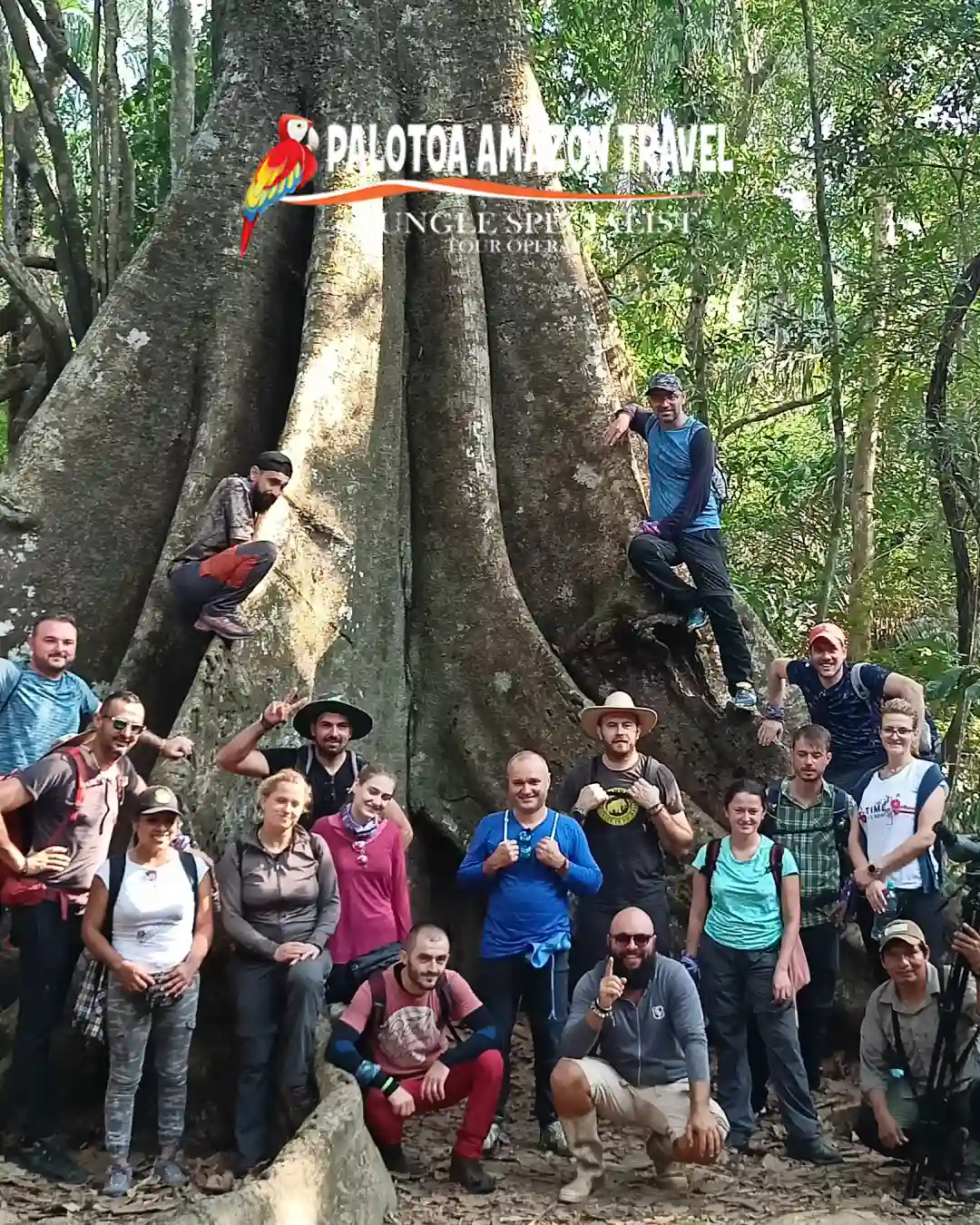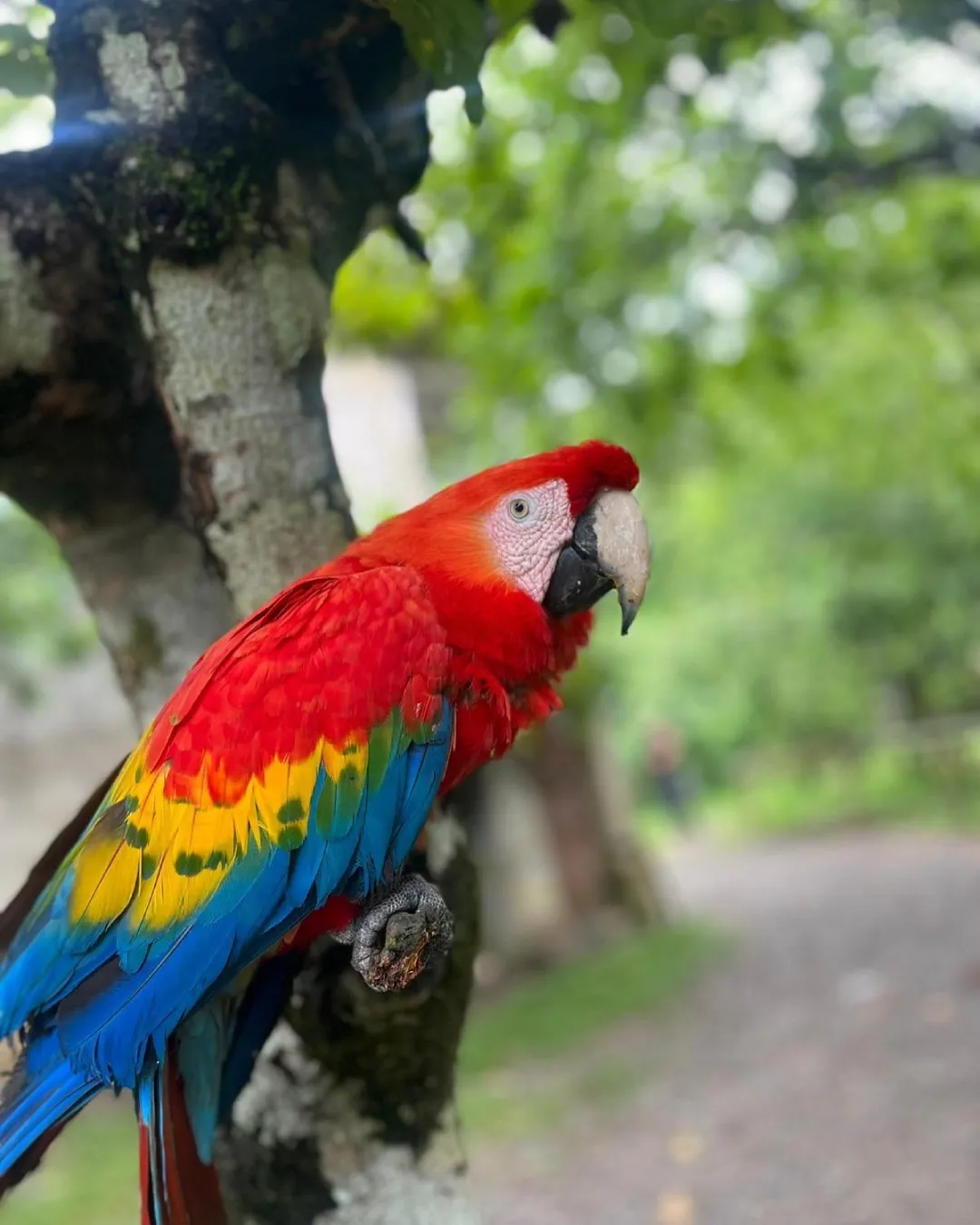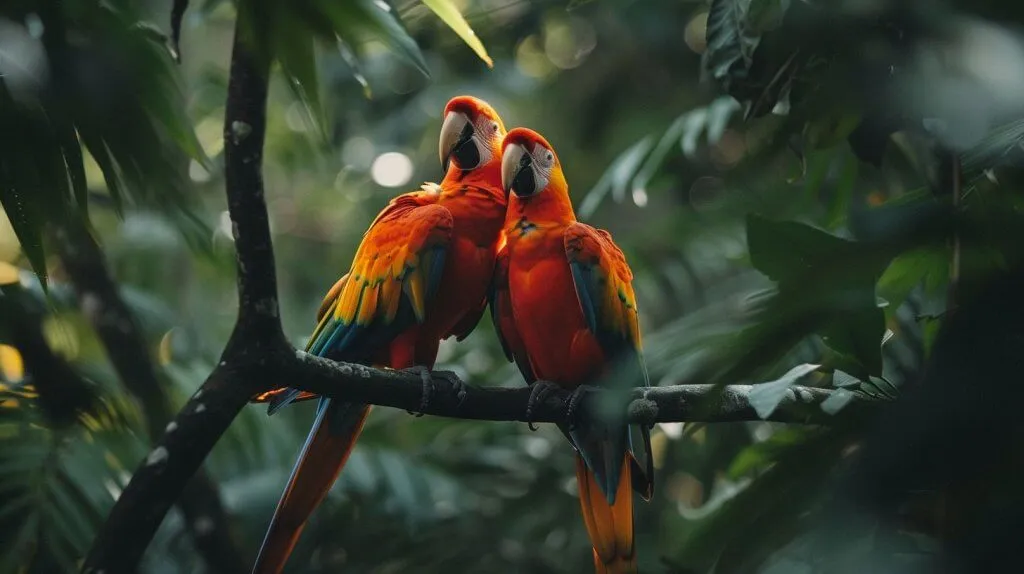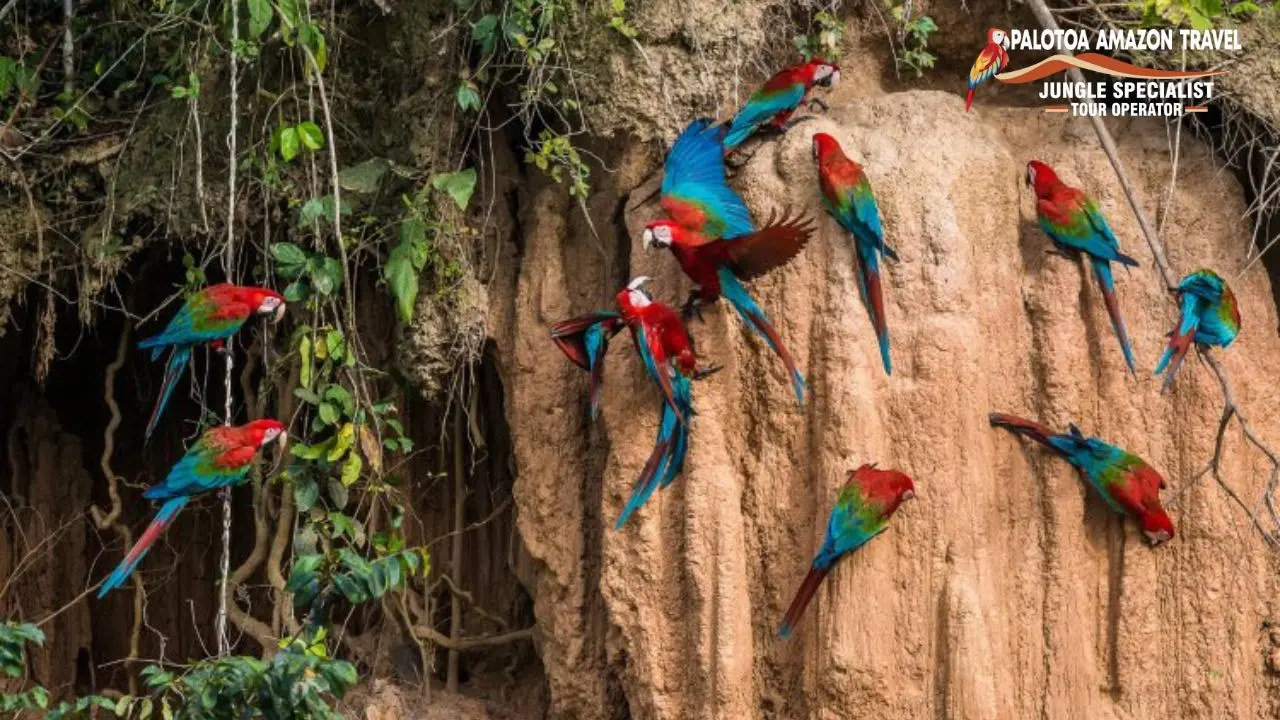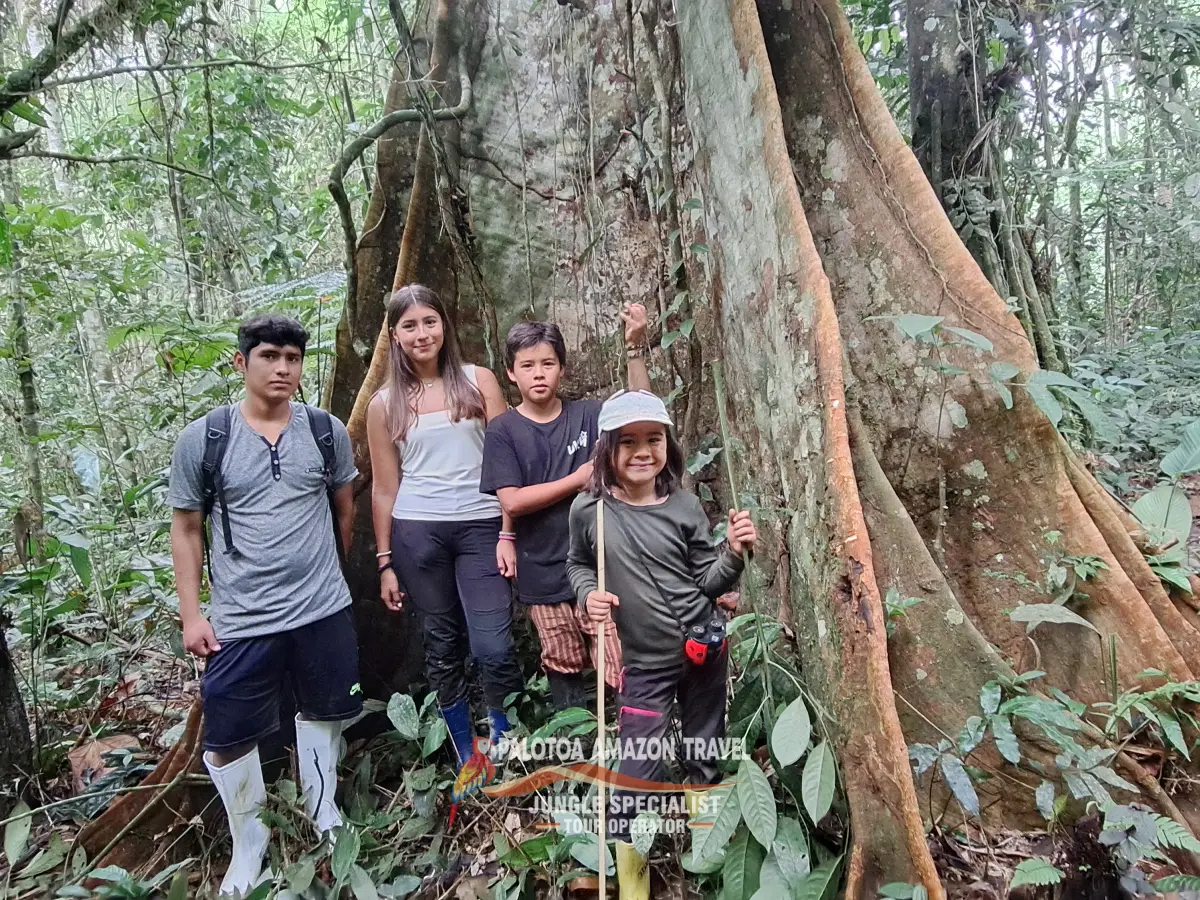- About Us
- Manu Cultural Zone
- Manu National Park – Exceptional Universal Value
- Manu Jungle Expeditions – 3 Day Manu Tour
- Manu National Park Tours from Cusco (4 Days)
- Manu Jungle Tours – Cusco to Manu National Park Peru (5 Days)
- Cusco Manu National Park – Manu National Park Trip 4D/3N
- Manu Blanquillo Macaws Clay Lick 6 Days
- Cusco Manu Amazon Tours (6 Days)
- Manu Reserved Zone
- Tambopata Jungle
- Everything You Need to Know About Traveling to Tambopata
- Lake Sandoval Peru 2 Days
- Tambopata Macaw Clay Lick 3 Days
- Tambopata Jungle Adventure 3 Days
- Tambopata Chuncho Macaw Clay Lick and Lake Sandoval – 4 Days
- Tambopata Tours 4 Days
- Tambopata & Macaw Clay Lick (5 Days)
- Tambopata Amazon Tours 5 Days
- Travel packages
- Bird watching
- Activities in Amazon

